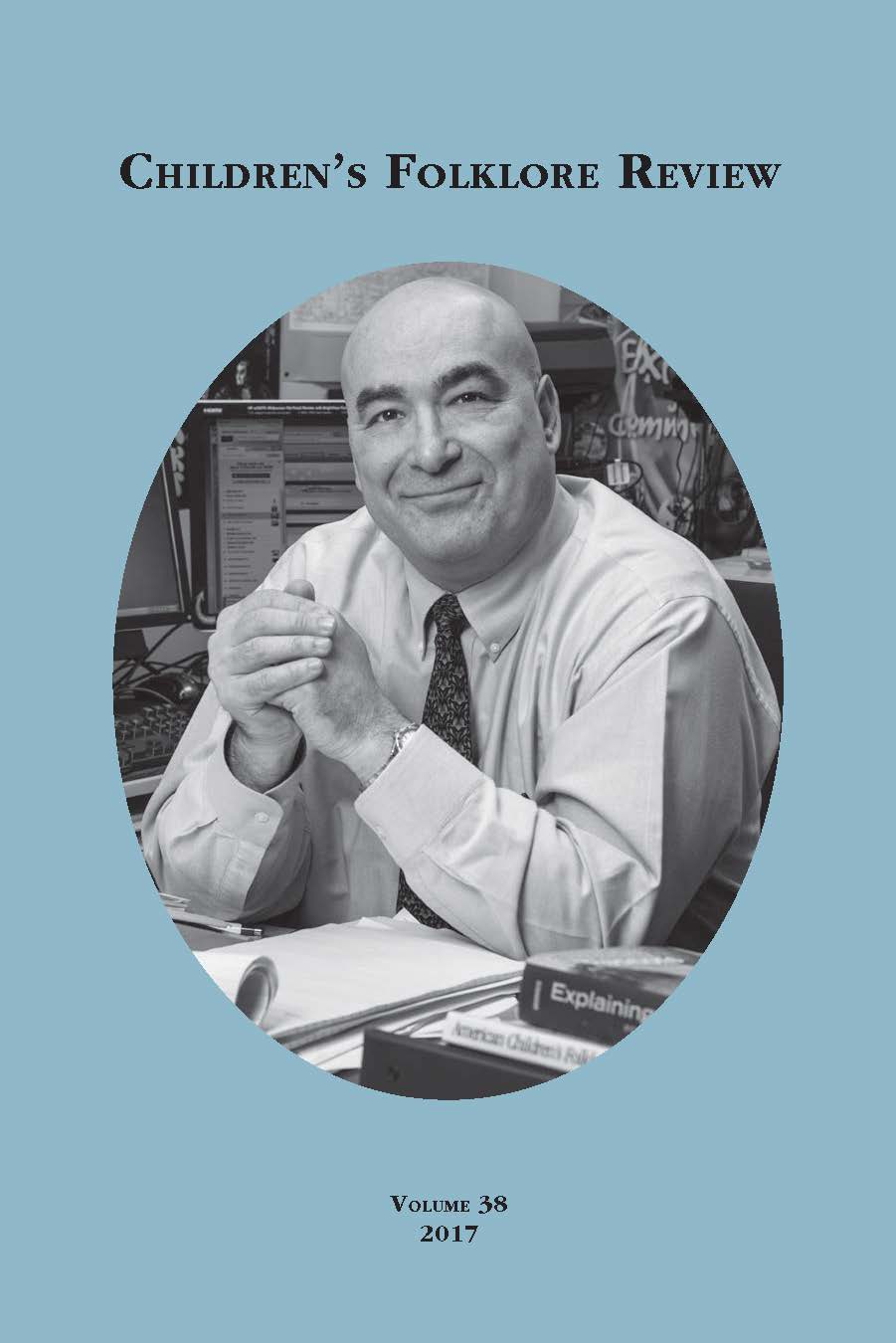Finding New Monsters in Old Places: A Review of the Works of Simon J. Bronner Through an Age-Intersectional Lens
Main Article Content
Abstract
In the Fall of 2015, Midwestern Folklore: Journal of the Hoosier Folklore Society published a collection of essays by students from Simon J. Bronner’s graduate course on the folklore of aging and the life cycle. I was fortunate enough to be among those students selected to contribute to the issue, which featured essays on Mormon baptism, life-cycle board games, and quilting traditions. My piece discussed the phenomenon of father-child “horror play,” in which the adult pretends to be a monster in pursuit of the child or children. In his introduction to the issue, Bronner said “the subject of aging has been approached mostly by categorizing folklore under the heading of an age group, especially children or senior adults, rather than analyzed as a human-cultural developmental process in which folklore plays an instrumental role” (Bronner 2015:3). Dr. Bronner is, of course, being a bit modest in his assertion that aging has mostly been seen as a taxonomic activity rather than a scholarly pursuit of process. In fact, he has published copiously on exactly that process over the years. Even his landmark 1988 work, American Children’s Folklore, turns to questions of linear and cyclical development in the aging stages of young people. Bronner’s encouragement has led many of his students—several of whom appear in this volume—to engage with the aging process ethnographically, symbolically, functionally, and folklorically to determine how people create meaning out of the dynamic temporal structure of their lives. His work has covered aging from many angles, including two which became central to my study of father-child play: the role of “horror” in childhood (and adult) development and the intersectionality of age-related lore among generations. As Bronner passes his own life-cycle milestone and retires from the legacy program he founded at Penn State Harrisburg, we, as folklorists, would do well to take stock of his influence and re-interrogate his work in light of our own scholarship (and vice versa) to discover the vast territory he has already mapped and the many lands he is leaving us to explore.
Downloads
Article Details

This work is licensed under a Creative Commons Attribution-NoDerivatives 4.0 International License.
Materials published in the Children's Folklore Review (CFR) remain the property of their authors. CFR encourages authors to honor the journal with exclusive rights to their work for the period of one year following its initial publication; however, authors may offer their work for reprint as they see fit. Submissions may be withdrawn at any point during the review process. Once the material has been published in CFR, however, it becomes part of the CFR record and cannot be removed.Likewise, CFR may emend the appearance of materials to maintain a consistency of design, but will make only make changes to the text when requested by the author. At the author’s request, and with the agreement of the editor, additions and amendments may be added as separate files to the table of contents.
Authors who publish with this journal agree to the following terms:
- Authors retain copyright and grant the journal right of first publication with the work simultaneously licensed under a Creative Commons Attribution Non-Derivative License that allows others to share the work with an acknowledgment of the work's authorship and initial publication in this journal.
- Authors are able to enter into separate, additional contractual arrangements for the non-exclusive distribution of the journal's published version of the work (e.g., post it to an institutional repository or publish it in a book), with an acknowledgment of its initial publication in this journal.
- Authors are permitted and encouraged to post their work online (e.g., in institutional repositories or on their website) prior to and during the submission process, as it can lead to productive exchanges, as well as earlier and greater citation of published work.
- While CFR adopts the above strategies in line with best practices common to the open access journal community, it urges authors to promote use of this journal (in lieu of subsequent duplicate publication of unaltered papers) and to acknowledge the unpaid investments made during the publication process by peer-reviewers, editors, copy editors, programmers, layout editors and others involved in supporting the work of the journal.
